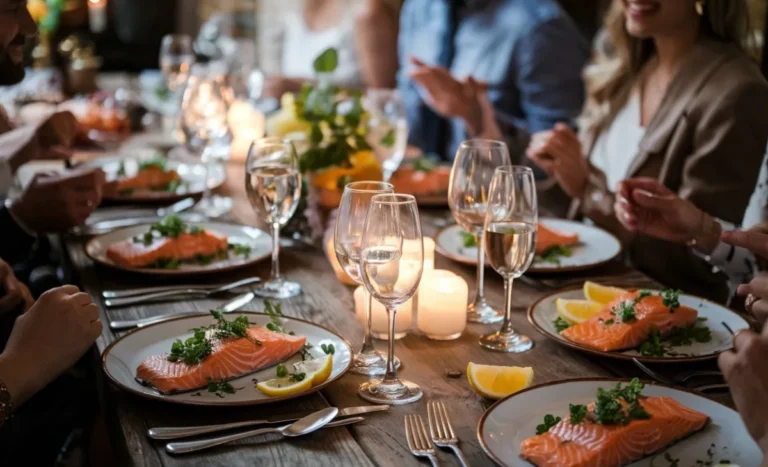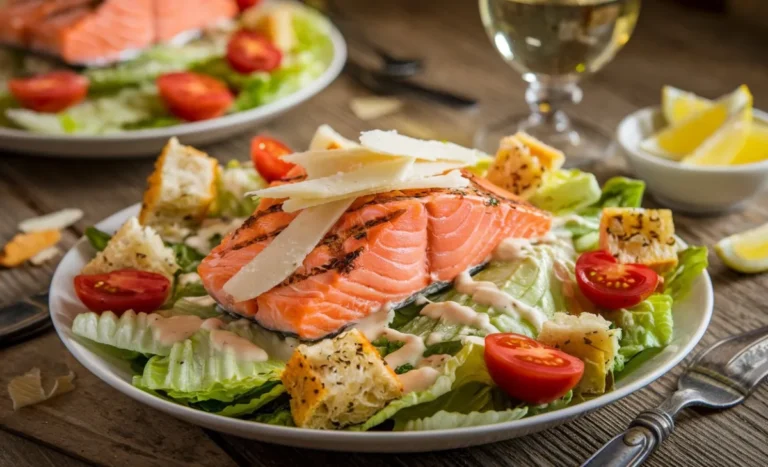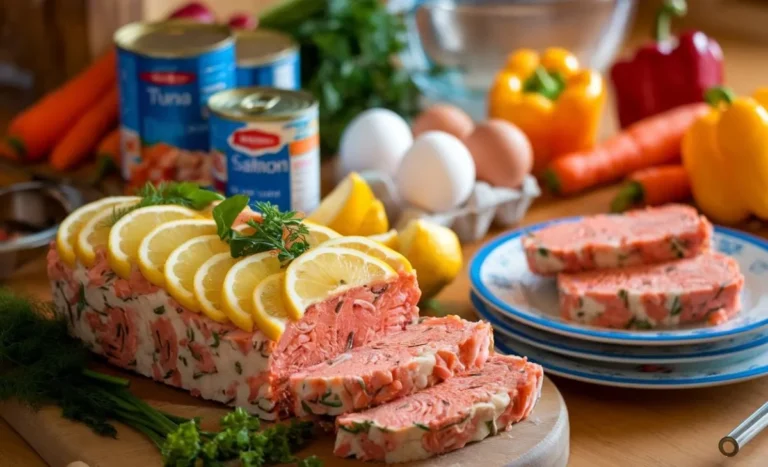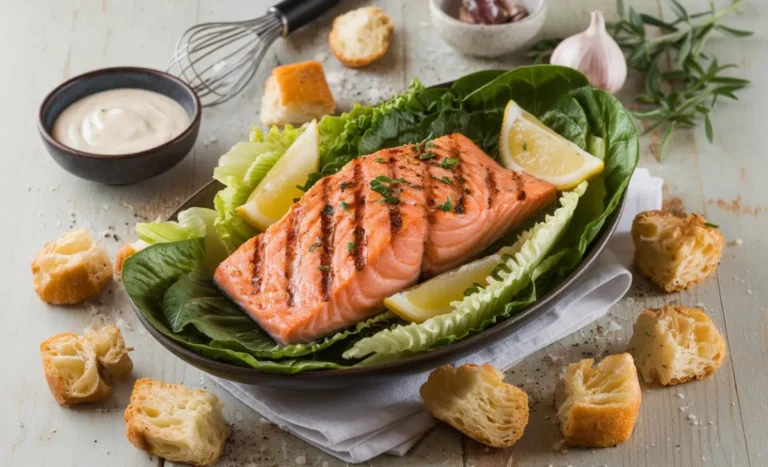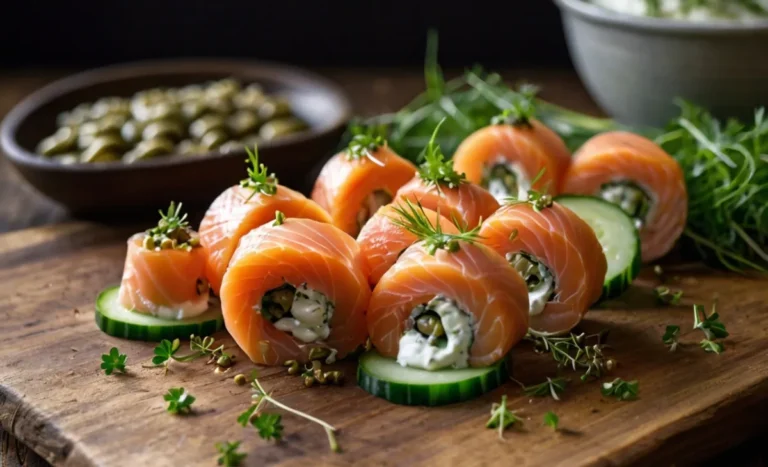How Much Salmon Per Person: The Ultimate Guide to Perfect Portion Sizes
How Much Salmon Per Person: The Ultimate Guide to Perfect Portion Sizes
Have you ever planned a meal with salmon and wondered if you had enough—or perhaps too much? Whether you’re preparing a cozy family dinner or hosting a party, understanding how much salmon per person to serve can save you from stress, overspending, and food waste. This ultimate guide simplifies the process, helping you confidently decide the perfect portion size for any occasion.
Why Portion Sizes Matter
When serving salmon, the right portion size is essential for several reasons. First, it ensures everyone enjoys a satisfying meal without feeling like they’ve overindulged. Second, it helps avoid food waste, saving you money and minimizing your environmental impact. Third, portion control plays a vital role in health, helping you meet your nutritional needs without consuming excess calories. By getting the quantities right, you’re setting yourself up for a stress-free and enjoyable dining experience.
How Much Salmon Per Person for Different Meals
General Guidelines for Portion Sizes
The amount of salmon to serve depends on whether it’s raw or cooked. Raw salmon, such as for sushi or ceviche, typically requires 6–8 ounces per person. However, salmon loses water and weight during cooking, so for grilled, baked, or roasted salmon, plan for 4–6 ounces per person.
How Meal Type Affects Portions
Appetizers
If salmon is part of an appetizer, smaller portions suffice. Plan for about 2–3 ounces per person, as guests will likely sample other dishes too.
Main Courses
As a centerpiece of the meal, 6–8 ounces per person ensures a hearty serving. Pair it with side dishes like roasted vegetables or rice to create a balanced plate.
Buffet-Style Meals
For buffets, where guests can choose from multiple options, aim for 5–6 ounces of salmon per person. This accounts for variety without over-preparing.
Adjusting Portions Based on Specific Factors
Audience and Preferences
Your guest list influences portion sizes. Adults generally consume 6–8 ounces of salmon, while children need less, around 4–6 ounces. If you know your guests have smaller appetites or prefer lighter meals, adjust accordingly.
Occasion and Meal Context
A casual family dinner might call for generous servings, while a formal sit-down dinner may lean toward smaller, more elegantly plated portions. Similarly, if salmon is served alongside hearty sides or desserts, you can scale back the portions slightly.
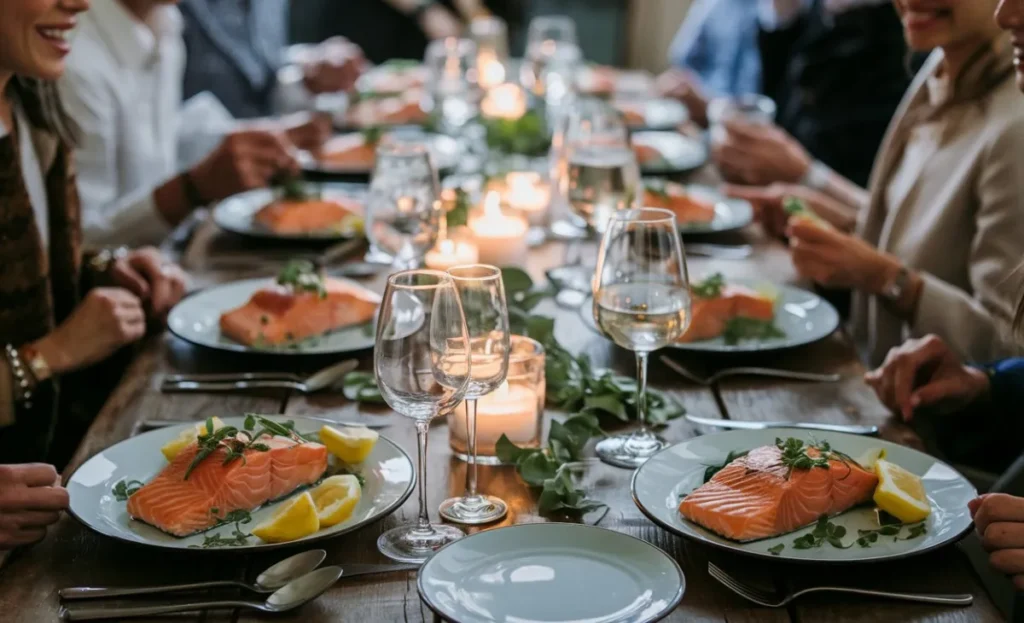
Cooking Methods and Portion Variations
Grilled or Roasted Salmon
Grilling or roasting enhances salmon’s flavor while keeping it moist. For these methods, stick with the standard 6–8 ounces per serving to allow for the rich taste to shine.
Smoked Salmon
Smoked salmon is intensely flavored, so smaller portions, around 2–4 ounces, work best. Serve it with crackers, bagels, or as part of a charcuterie board for a gourmet touch.
| Cooking Method | Portion Per Person |
|---|---|
| Grilled/Roasted | 6–8 oz |
| Smoked | 2–4 oz |
How to Calculate Salmon for a Group
Serving a crowd? Calculating the right amount of salmon is simple. Multiply the number of guests by the portion size. For example, if you’re hosting eight people and serving salmon as the main course, plan for:
8 guests × 6 ounces = 48 ounces (or 3 pounds)
This formula ensures you buy just enough, whether you’re feeding a small family or a large gathering.
Shopping Tips for Buying Salmon
Quality matters when buying salmon. Fresh salmon is ideal for its taste and texture, but frozen salmon can be a budget-friendly alternative that retains its nutritional value. If you’re feeding a large group, consider buying whole salmon instead of fillets—it’s often more economical and allows for creative presentation.
Look for bright, firm flesh with no fishy odor when purchasing fresh salmon. For frozen salmon, check the packaging for signs of freezer burn, which can affect the quality.
Storing and Freezing Leftover Salmon
Proper storage keeps leftover salmon fresh and safe to eat. Refrigerate cooked salmon within two hours of cooking, and consume it within 3–4 days. If you need to store it longer, freeze it. Properly wrapped in airtight packaging, salmon stays fresh in the freezer for up to three months. Label your packages with dates to avoid confusion later.
Nutritional Benefits of Salmon
Salmon is not only delicious but also a nutritional powerhouse. It’s rich in high-quality protein, omega-3 fatty acids, and essential vitamins like D and B12. These nutrients support heart health, brain function, and overall well-being.
| Nutrient | Amount Per 6 oz |
|---|---|
| Protein | 40 g |
| Omega-3 Fatty Acids | 3 g |
| Calories | 240 kcal |
Including salmon in your diet is a tasty way to meet your nutritional needs.
Recipes for Perfect Salmon Dishes
Easy Grilled Salmon Recipe
Elevate your meal with this simple yet flavorful grilled salmon recipe.
| Ingredient | Quantity |
|---|---|
| Salmon Fillet | 6–8 oz per person |
| Olive Oil | 2 tbsp |
| Lemon Juice | 1 tbsp |
| Garlic (minced) | 2 cloves |
| Salt and Pepper | To taste |
- Preheat your grill to medium-high heat.
- Brush salmon fillets with olive oil and season with salt, pepper, garlic, and lemon juice.
- Grill for 4–6 minutes per side, or until the fish flakes easily with a fork.
- Serve with your favorite sides for a complete meal.
FAQ Section
How Much Salmon Per Person for a BBQ?
For a barbecue, stick to 6–8 ounces of salmon per person as a main dish. This ensures hearty servings while complementing other grilled items.
Can I Prepare Salmon Ahead of Time?
Yes, you can cook salmon a day in advance. Store it in the refrigerator and reheat it gently to preserve its texture and flavor.
How Do I Adjust Portions for Kids?
Children typically eat 4–6 ounces of salmon, depending on their age and appetite. Pair it with kid-friendly sides to ensure a balanced meal.
Conclusion
Serving the right amount of salmon doesn’t have to be a guessing game. By considering factors like meal type, cooking method, and guest preferences, you can confidently plan portions that satisfy everyone. Whether you’re hosting a casual gathering or preparing a gourmet meal, this guide has everything you need to make your salmon servings a success. Take the guesswork out of your next meal and enjoy the peace of mind that comes with perfectly planned portions.


